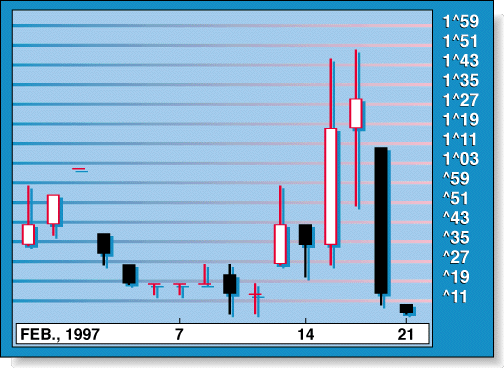Time is the key. Filter with technical indicators such as trend, moving average, oscillators and your own judgment, and you can use the estimated probability to your advantage by selling out-of-the-money? option premiums. Typically, the odds will favor your sale about 66% of the time, leaving just a 33% possibility that the buyer on the other side will actually call away your stock. Lending further credence to this strategy, economists at the Options Clearing Corp. report that, on average, 67% of all options expire at zero or at a loss.
If you are more conservative and don't wish to have your stock called, you can further reduce risk by buying even further out-of-the-money premium and creating a credit spread, or by simply closing your position at a loss.
While examples of selling out-of-the-money calls against stock that you own are presented here, the principles may be adapted to numerous other options strategies, including selling puts, spreads, straddles and so on. Knowing your probability of success will help put you on the right side of the trade, whatever strategy you employ.
Take for example the Dell February 1997 75 calls. With the stock trading in the 66s on February 3, 1997, the 75 calls could be sold for 1/2 to 3/4 (55% volatility), not a princely sum, but one with the odds working for you, decay working for you, and the clock working for you -- all at once.
Why the 75s? With earnings due out February 25, 1997, while 75 looked pretty distant, nevertheless, it was achievable, and in the running bull market for technology stocks, you didn't want to have your stock called away.

FIGURE 2: DELL FEBRUARY 75 CALLS. Despite a price surge, the 75 calls still expired at zero.
John A. Sarkett is active in the financial markets and is the developer of the Option Wizard put-call pricer for Excel, which includes the probability formulas described above. Sarkett may be reached via E-mail at jas@interaccess.com or by phone at 847 446-2222.